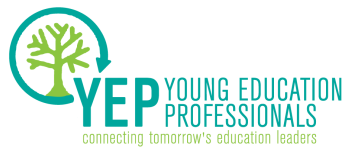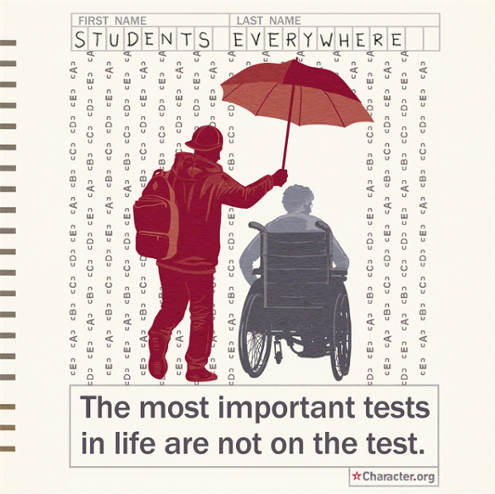According to data from the American Community Survey by the Urban Institute, this growth is the result of a drop in the number of children with U.S.-born parents and the rise of the number of children with immigrant parents. In effect, the children of immigrants accounted for all of the growth in the population of children in the United States between 2006 and 2013.
But what does this mean for school districts responsible for educating these children? Here are some quick facts about the children of immigrants at a national level from the Urban Institute’s analysis:
- Between 2006 and 2013, the percentage of the children of immigrants as a percentage of all youth increased from 21% to 24%.
- In 2013, approximately 71% of the children of immigrants spoke another language other than English at home.
- The percentage of the children of immigrants who live in linguistically isolated households – referring to households where no one above the age of 14 is proficient in English – was 22% in 2013.
- In 2013, the children of immigrants were more likely to live in poverty compared to their peers with U.S.-born parents – 26% versus 19%.
- When you consider a different definition of poverty, in 2013, over half of the children of immigrants (55%) lived below 200% of the federal poverty line compared with 39% of their peers with U.S.-born parents.
The majority of immigrant parents in the DMV come from Central America and the Spanish Caribbean, Africa, and the Middle East and South Asia (See Figure 1). This also demonstrates the linguistic diversity children bring to schools.
The challenge for all school districts, but particularly in places that have not traditionally educated children of immigrants, is to enact policies that:
- Ensure that multilingual students have access to meaningful opportunities to develop their native languages and English skills;
- Recruit teachers trained and certified to teach English as a second language; and
- Facilitate immigrant parents’ participation in school PTAs and school board elections, regardless of citizenship status.
By enacting the policy outlined above, school districts with growing populations of children of immigrants have an opportunity to change their approach to educating these children to create inclusive and thriving learning environments.
Moses Palacios is an advocate for student rights and works as a Research Manager for the Council of the Great City Schools (CGCS) - a coalition of urban school districts across the nation. He writes on issues regarding the children of immigrants and students learning English as a second language. His views are his own and not representative of CGCS.



 RSS Feed
RSS Feed